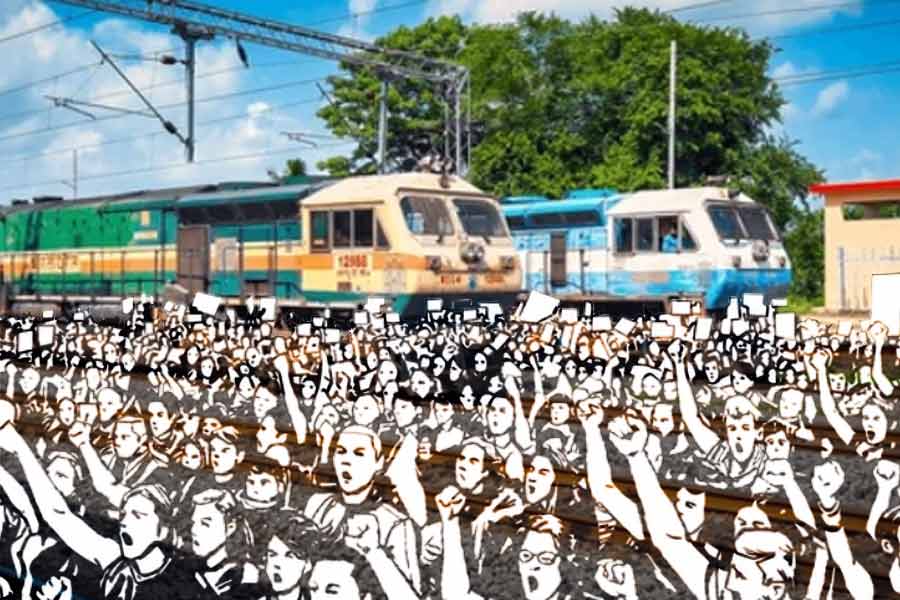Contrariorum eadem est scientia — so goes a Latin proverb that means that people never really know what a thing is unless they are able to give a sufficient account of its opposite. This perhaps encapsulates the human tendency to see the world through the prism of binaries. One of the most deeply entrenched binaries is that of beauty and ugliness: traditionally, beauty is coveted across cultures and ugliness despised. Beauty is seen as the very embodiment of positive, pure traits whereas ugliness represents the impure and evil. Ugliness, in fact, has also been moralized and, then, marginalized as the repository of all that is contrarian: chaos, disorder, dissonance, irregular, deformed — in short, it is beauty’s proverbial Other. Beauty and ugliness, it must be noted, do not operate independently: they intersect as points of mutual reference that are then employed to discriminate among races, classes, and gender. The seemingly benign — fables, myths, legends — has been co-opted in the mission to reinforce the power of binaries. Thus, Snow White, the testament to perfection, is so coveted that other — lesser — characters are willing to kill for it. Be it the frog that needs to turn into a prince to be accepted (The Frog Prince), or the beast that needs to transform to find true love (Beauty and the Beast), beauty, in life and literature, usually triumphs over all that is not beautiful.
But Italy has now turned the tables on this rule. Since 1879, Piobicco, a small Italian town, has been home to the Club dei Brutti (The Ugly Club), an association whose members believe that “a person is what he is and not what he looks like”. Over the generations, what started as a utopian idea has blossomed into a worldwide movement. Today, the so-called “World Association of Ugly People” counts more than 30,000 members across 25 global chapters. Interestingly, the genesis of the belief of the ugliness of the Piobbicans is rooted in social, historical and labour conditions. Employed as lumberjacks and coal miners, Piobbicans had little to eat and enjoyed limited exposure to sunlight, thereby turning into frail, pale and allegedly unsightly creatures. What this underscores, once again, is the role of powerlessness and differentiation in the genesis of numerous cultural conceptions that, ironically, have survived the historical conditions that produced these prejudices in the first place.
The celebration of what is seemingly disagreeable and, indeed, the virtues of character as opposed to the corporeal form, must be encouraged for it provides an opportunity for society to break free from the tyranny of binaries. The path to utopia, then, lies through a world where beauty and the beast could coexist. Is such an utopian order even conceivable given the human propensity to nurture bias? A whole new genre of sentient beings and attendant technology are now within the realm of possibility; so a world liberated from binaries can, indeed, be imagined. The challenges would be to enable algorithms that feed the entire ecosystem of artificial intelligence to identify difference in religion, gender, race, caste and looks without allowing these differences to take the form of differentiation.











